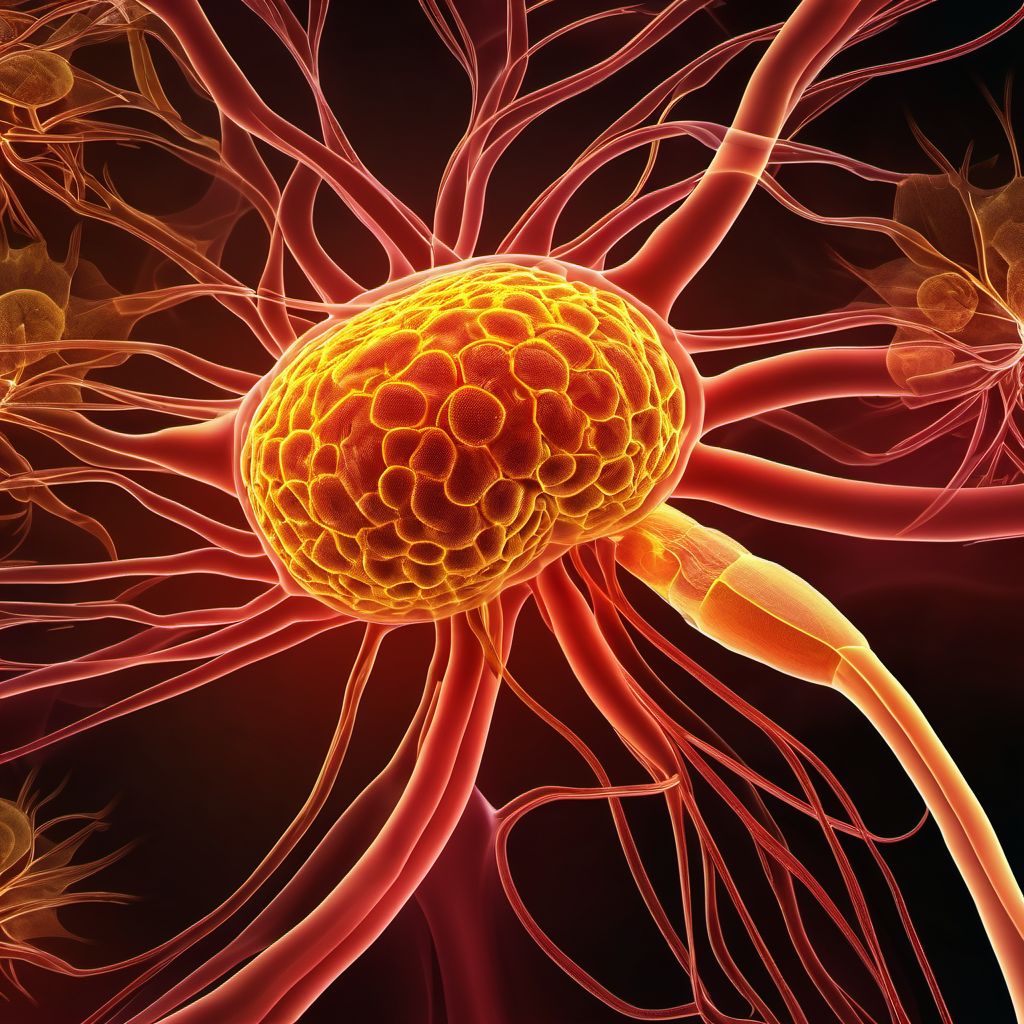
Other tuberculosis of nervous system Save
ICD-10 code: A17.8
Chapter: Certain infectious and parasitic diseases
What is Other Tuberculosis of Nervous System?
Tuberculosis is a bacterial infection that primarily affects the lungs. However, it can also spread to other parts of the body and cause a range of infections, including tuberculosis of the nervous system. Other tuberculosis of nervous system refers to the infection that occurs outside the brain and spinal cord. It can affect the membranes surrounding the brain and spinal cord, as well as the nerves that connect them to the rest of the body.
Symptoms of Other Tuberculosis of Nervous System
The symptoms of other tuberculosis of nervous system depend on the part of the body affected. Common symptoms include:
- Fever
- Headache
- Nausea and vomiting
- Stiff neck
- Seizures
- Weakness or numbness in the limbs
The symptoms can be mild or severe, depending on the extent of the infection. If left untreated, other tuberculosis of nervous system can lead to serious complications, such as permanent nerve damage and paralysis.
Treatment of Other Tuberculosis of Nervous System
The treatment of other tuberculosis of nervous system involves a combination of antibiotics and other medications. The antibiotics are used to kill the bacteria, while the other medications help to reduce the inflammation and relieve the symptoms.
The duration of treatment can vary depending on the severity of the infection. In general, treatment may last anywhere from six months to a year. It is important to complete the entire course of treatment to prevent the infection from coming back.
Prevention of Other Tuberculosis of Nervous System
The best way to prevent other tuberculosis of nervous system is to prevent tuberculosis infection in the first place. This can be done by:
- Getting vaccinated against tuberculosis
- Avoiding close contact with people who have tuberculosis
- Wearing a mask if you are in close contact with someone who has tuberculosis
- Washing your hands frequently
- Eating a healthy diet and getting enough sleep
If you have been diagnosed with tuberculosis, it is important to follow your doctor's instructions for treatment and to take all medications as prescribed.
Conclusion
Other tuberculosis of nervous system is a serious infection that can lead to permanent nerve damage and paralysis if left untreated. The symptoms can be mild or severe, depending on the extent of the infection. Treatment involves a combination of antibiotics and other medications, and it is important to complete the entire course of treatment to prevent the infection from coming